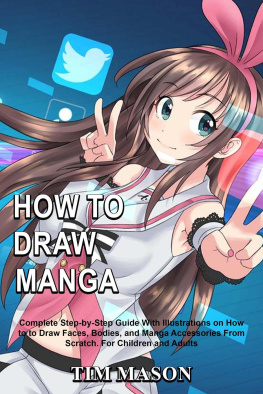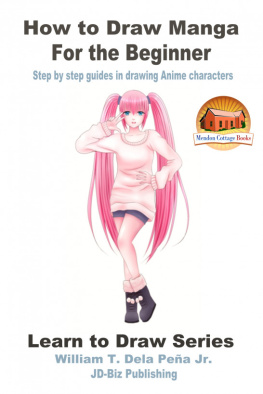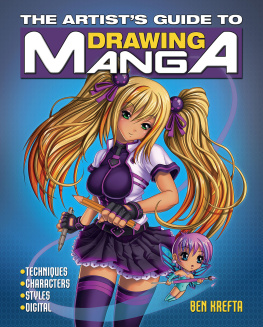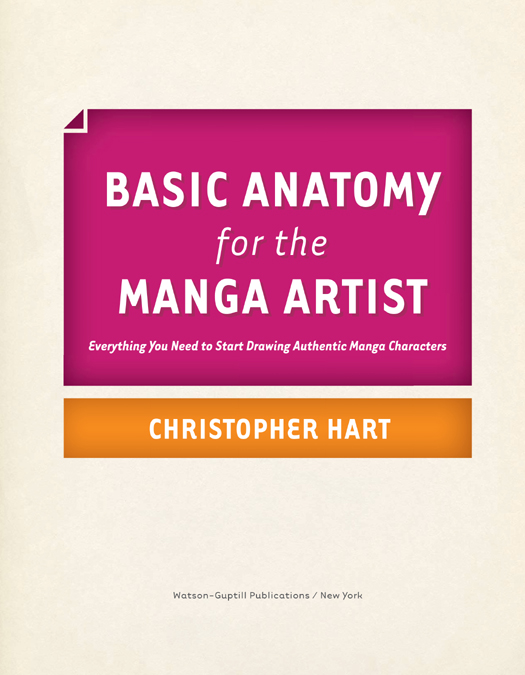Contributing artists: Yuu Sanau, Makiko Kanada, Rhea, Morgan Long, Roberta Pares
Copyright 2011 by Art Studio, LLC
All rights reserved. Published in the United States by Watson-Guptill Publications an imprint of the Crown Publishing Group a division of Random House, Inc., New York
www.crownpublishing.com
www.watsonguptill.com
WATSON-GUPTILL is a registered trademark and the WG and Horse designs are trademarks of Random House, Inc.
Library of Congress Cataloging-in-Publication Data
Hart, Christopher, 1957
Basic anatomy for the manga artist : everything you need to start drawing authentic manga characters / Christopher Hart. -- 1st ed.
p. cm.
Includes index.
eISBN: 978-0-8230-8227-8
1. Comic books, strips, etc.JapanTechnique. 2. Cartoon charactersJapan. 3. Figure drawingTechnique. I. Title. II. Title: Everything you need to start drawing authentic manga characters.
NC1764.5.J3H36915 2011
741.51dc22
2010038623
v3.1
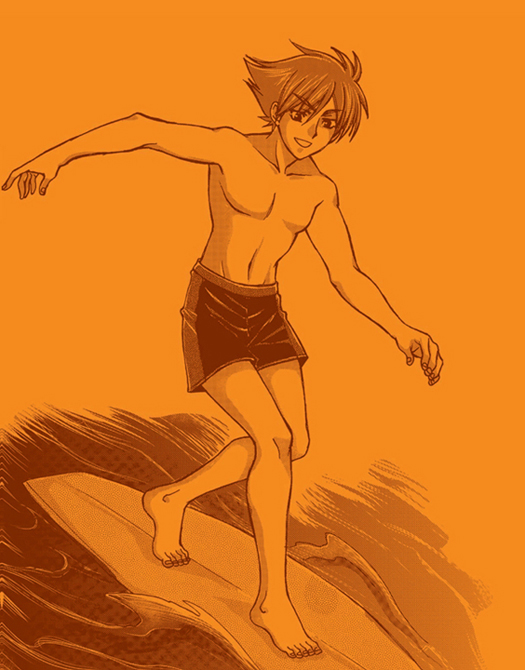
For Candace Raney, my longtime editor.
I hope this makes up for all the times
Ive interrupted your morning muffin
and latte with my phone calls.

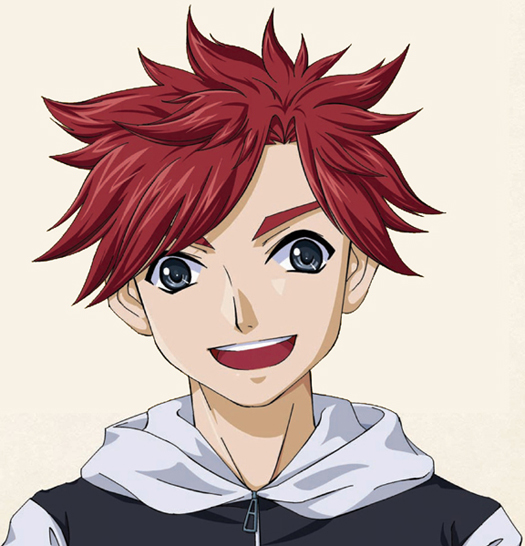
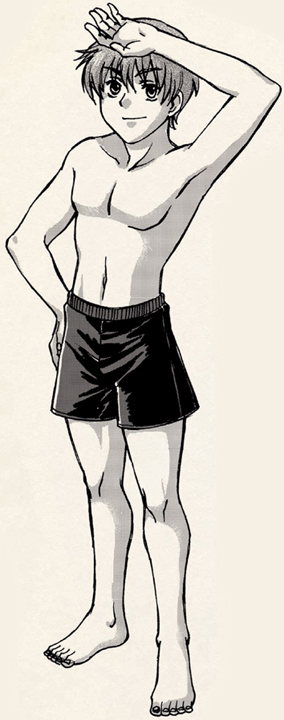
INTRODUCTION
The ability to represent the human head and figure is essential for those who want to draw manga. And yet its often the main sticking point for most aspiring artists. Finally, theres one source you can turn to for the answers youve been seeking. In this book, youll learn about manga proportions, posture, poses, and shortcuts used by the pros to check that their drawings are on track. Youll also see how to draw the clothed figure.
Why an anatomy book designed specifically for manga? Why not just get any old book on anatomy? Because manga is a distinct style, with important unique characteristics. Basic Anatomy for the Manga Artist contains instructions specifically designed for drawing idealized heads and bodies in the authentic Japanese style of manga. In addition, this book tells you exactly which muscles to emphasize when drawing the human body. Most books dont, and as a result, you cant tell which muscles to define and which to omit.
Theres a complete section on the muscles that provides all the technical information you could want, but theres also an extensive material on how to simplify the body to make drawing easy. This isnt just a technical book; its also very practical. And unlike so many books on anatomy, this one features many step-by-step sequences that will allow you to practice your newfound knowledge of anatomy on original, appealing manga characters.
So if you want to improve your manga and dont know where to begin, this is a great place to start. If youre a beginner, this book can help you build a solid foundation. If youre already experienced in drawing, this book can raise your game to the next level. Its a must-have reference that will serve you throughout your adventures as a manga artist.
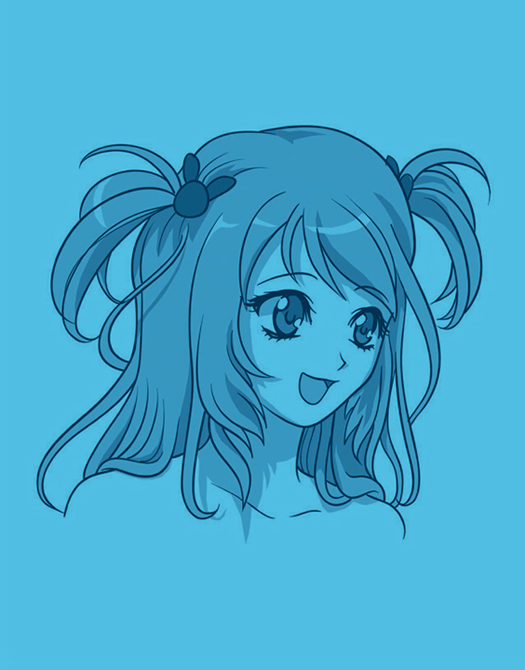

Although this is a book thats primarily about drawing the manga figure, lets begin with a review of the head for two important reasons: First, this is an anatomy book, and theres practical anatomical information here about the head that you can use right away in your drawings. Second, if youre going to raise your skill level in one area (drawing the body), it makes sense to also raise your skill level in a related area (drawing the head) so that your abilities dont become lopsided.
So well start off with a look at the skull. Its the basic framework of the head. Your face doesnt resemble a skull because of all the muscle, fat, and ligaments over it, which round it out into, roughly, an egg shape. But the basic underlying elements of the skull still have their effect. Youll see, for example, that the cheekbones provide the width of the face, the size of the forehead relative to the chin is huge, and so forth.
The skull answers many common questions about why the head looks the way it does. For example, why do people tend to have an overbite? Its because the maxilla (the upper jawbone, which houses the upper teeth) overlaps the mandible (lower jawbone). We can see that in the drawing to the right.
Why do manga characters have such big eyes? Just look at how large the eye sockets are on an average human skull. Why do manga character have such cute faces? Notice the extraordinary width of the cheekbones. And manga characters also typically have small chins, as is reflective of the skull structure. All these things contribute to cuteness.
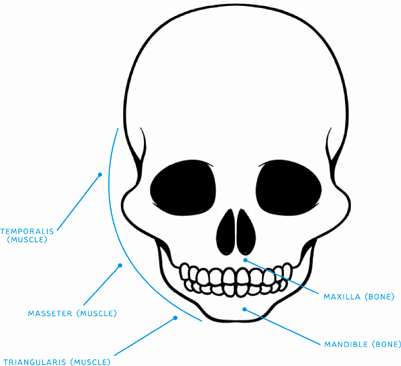
The sunken areas of the skull are padded with the three major facial muscles, noted here. The maxilla and mandible are also indicated.
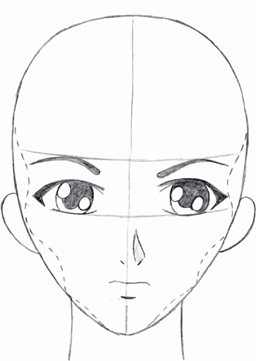
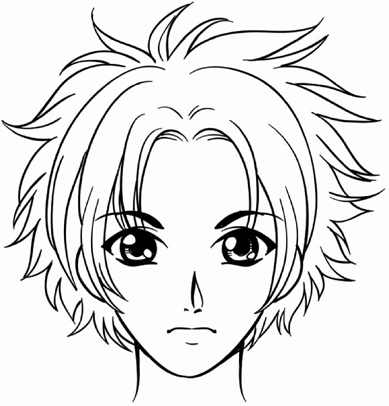
Profile
There are a couple of important things to notice about the skull in the side view that are sometimes overlooked, even by more experienced artists. Check out these points to avoid the common pitfalls.
First, theres a lot of mass behind the center of the head (behind the jaw), and the back of the head is round, not flat. Conversely, the front of the face is fairly flat. Its the nose and chin that pull the face forward.
Second, the eye in profile becomes more slender than in the front view. You cant draw a front-view eye in a side viewunless youre a cubist artist, in which case, god help us all.



